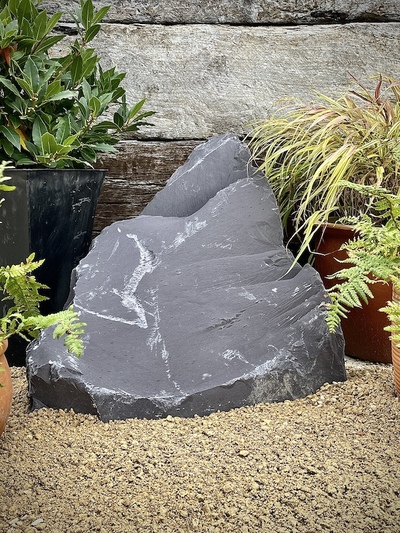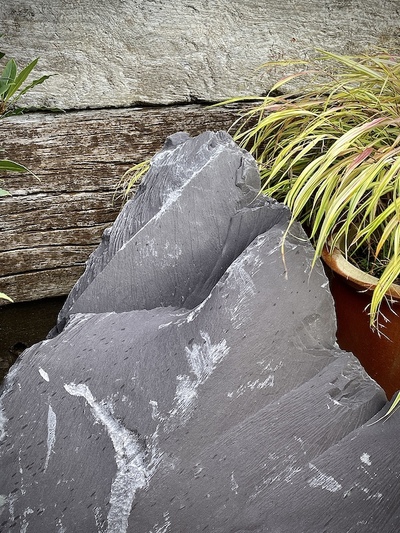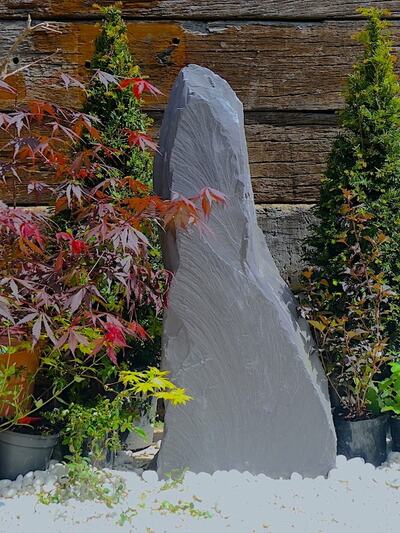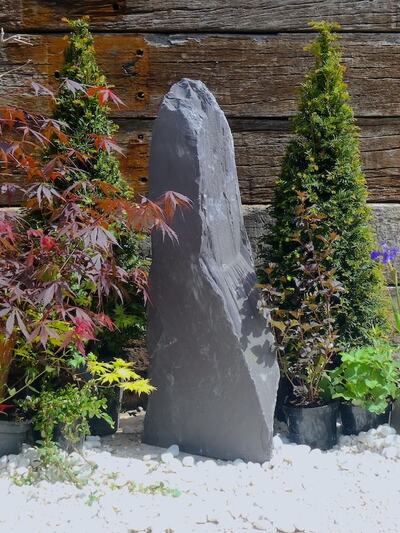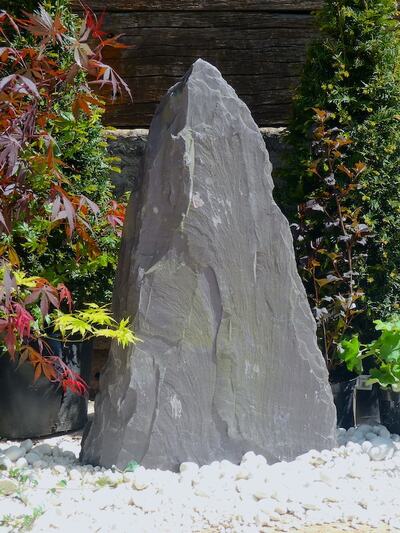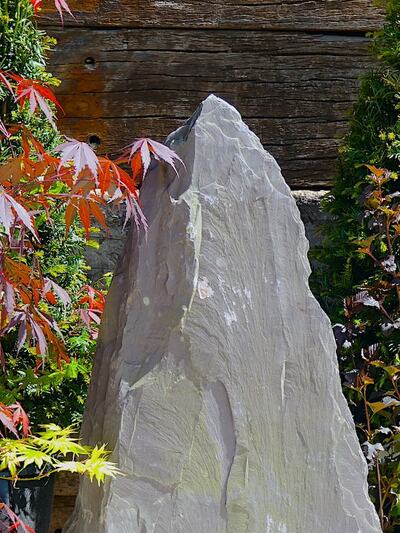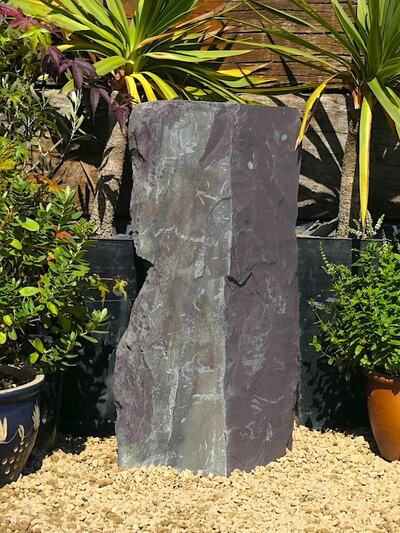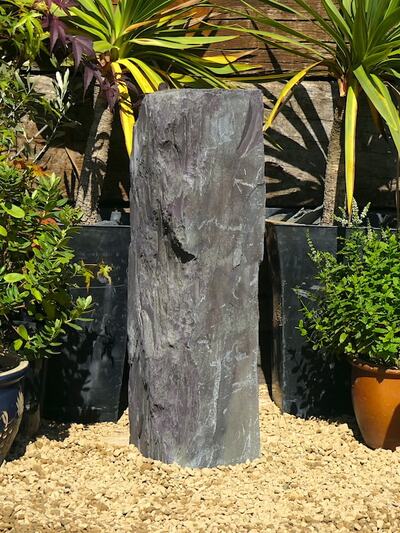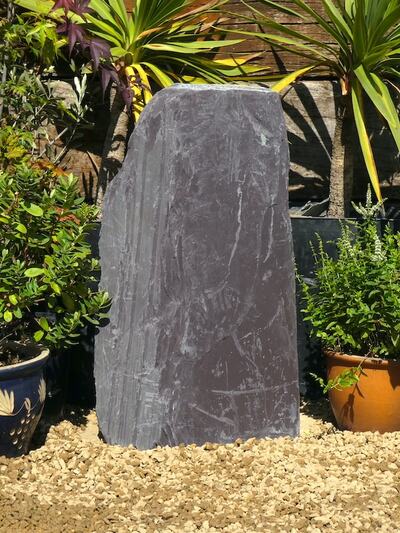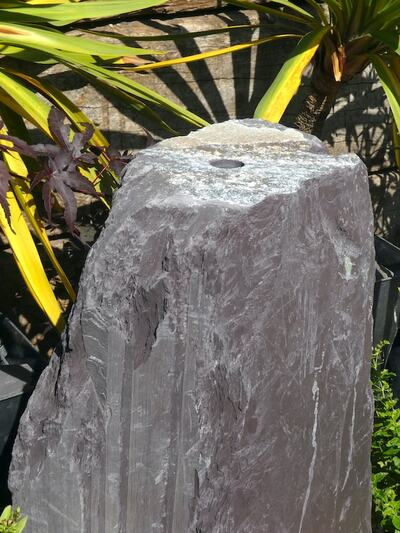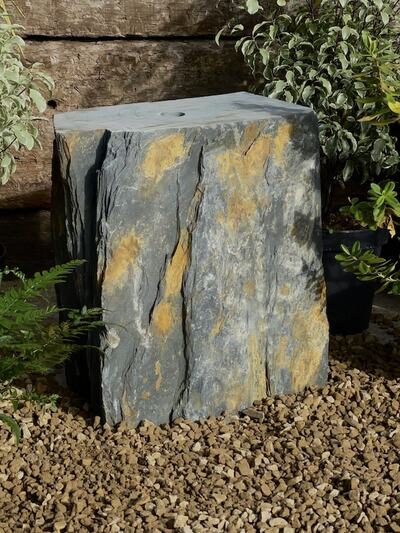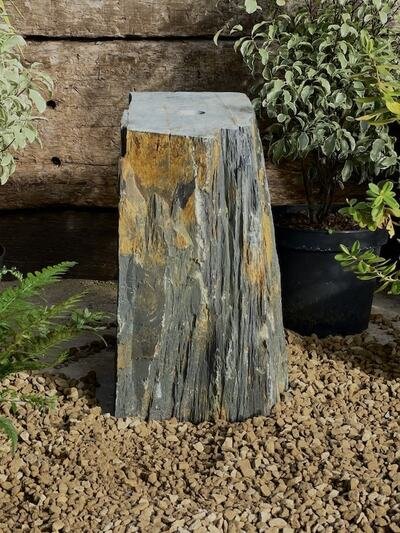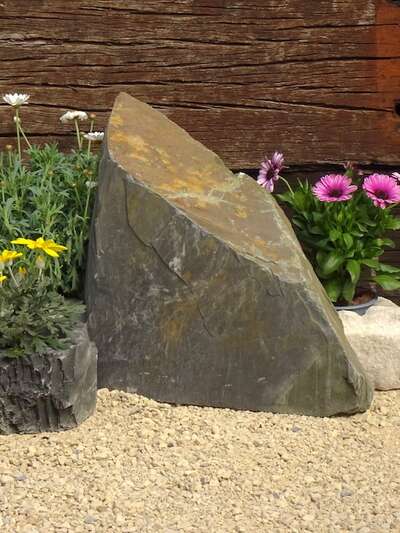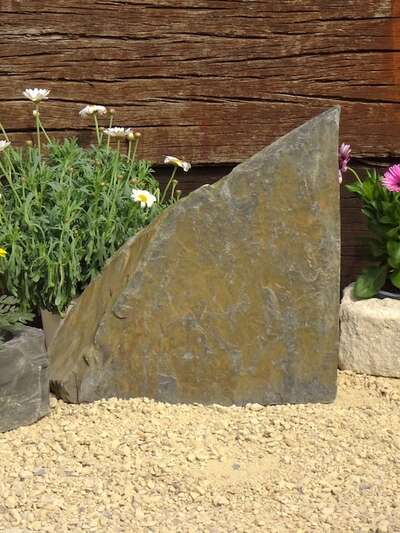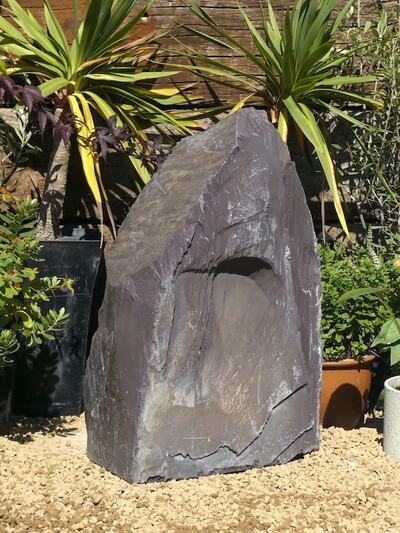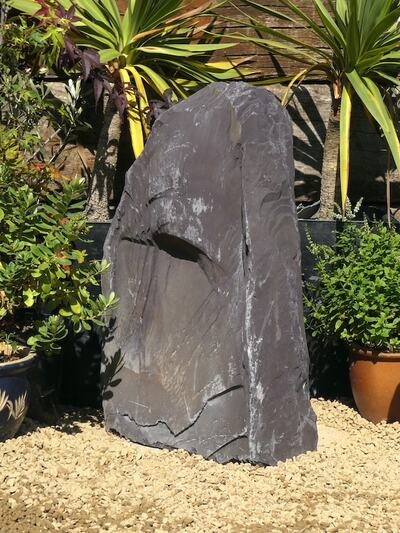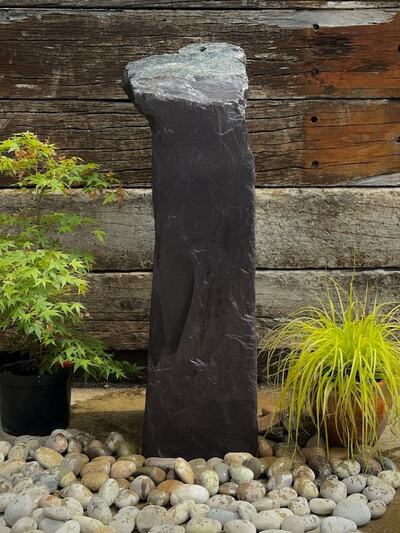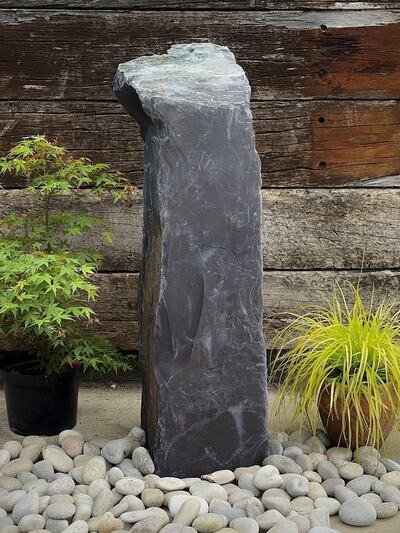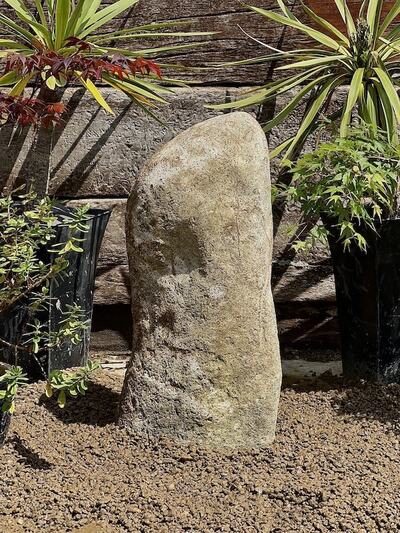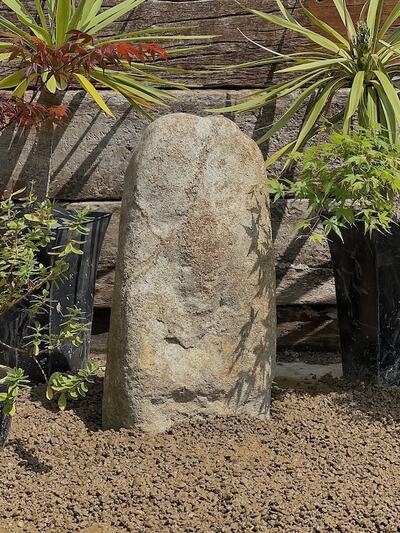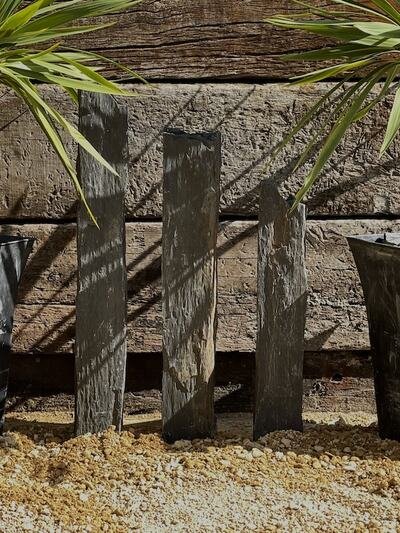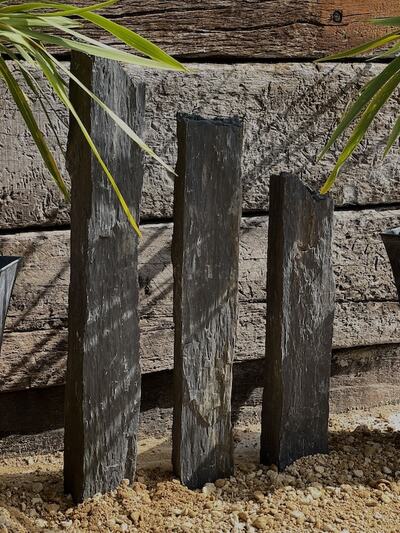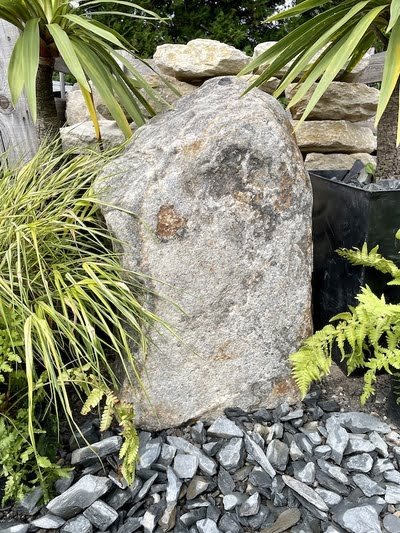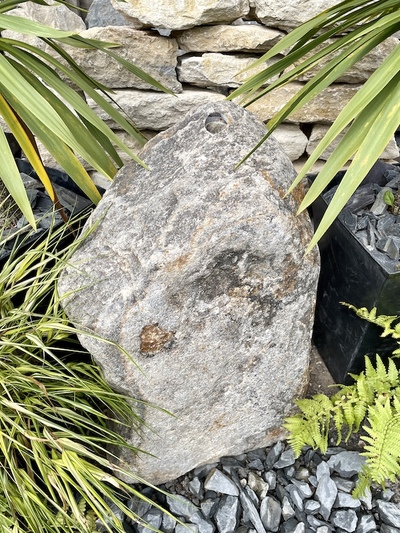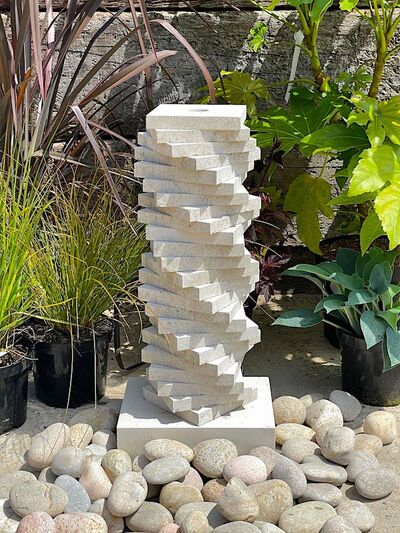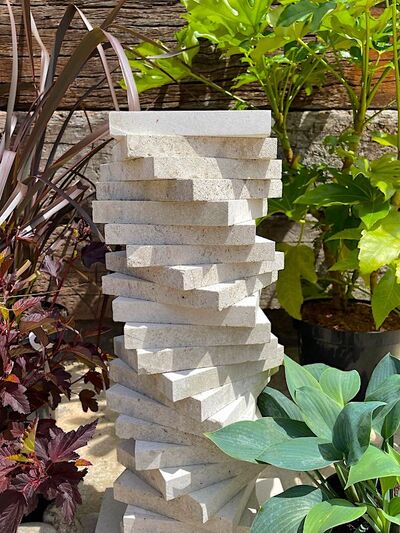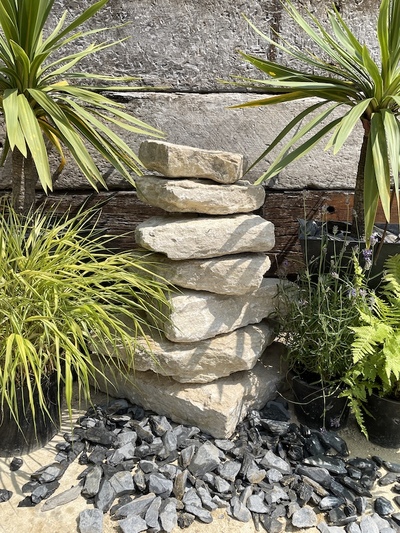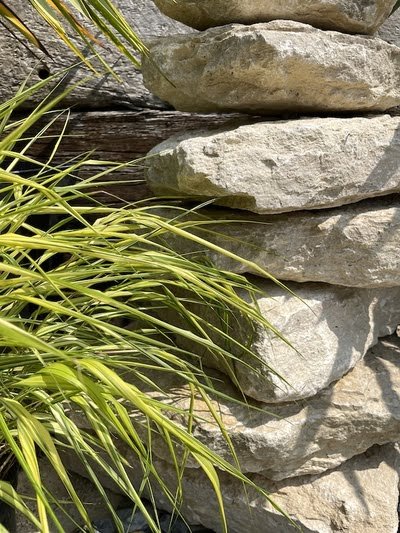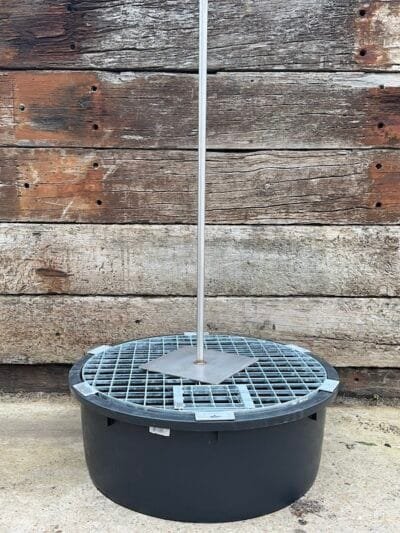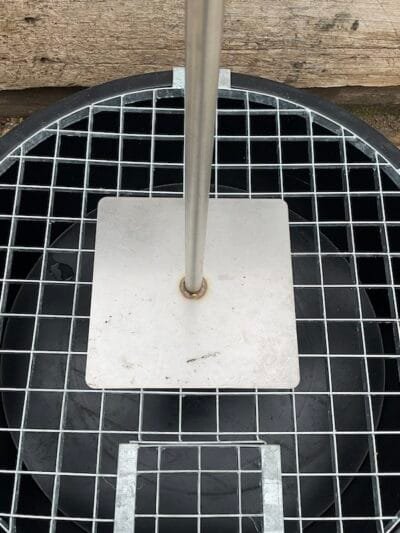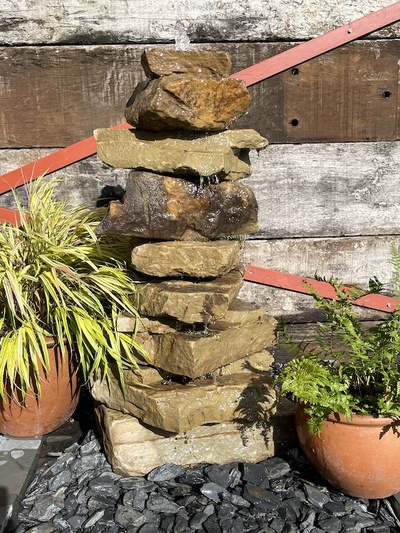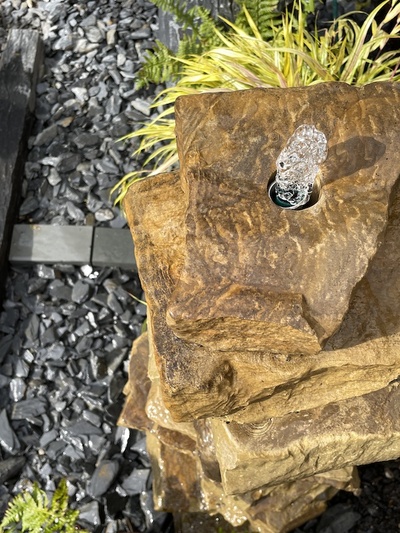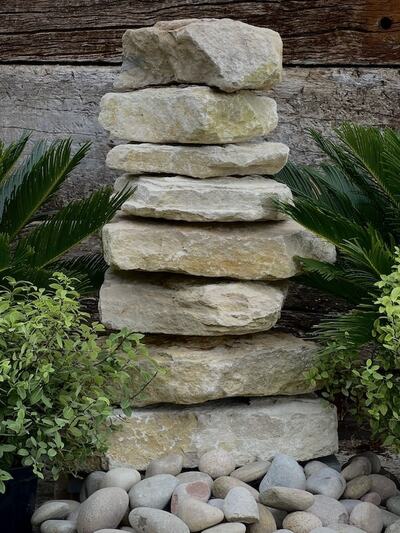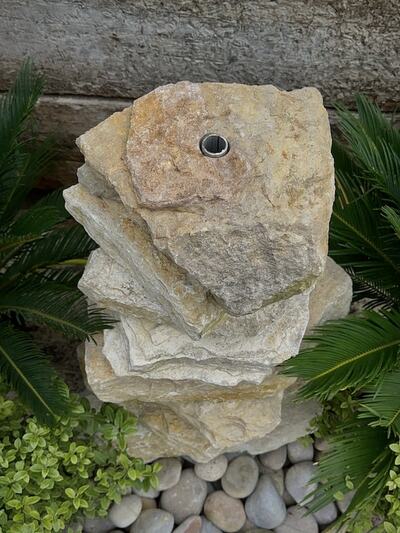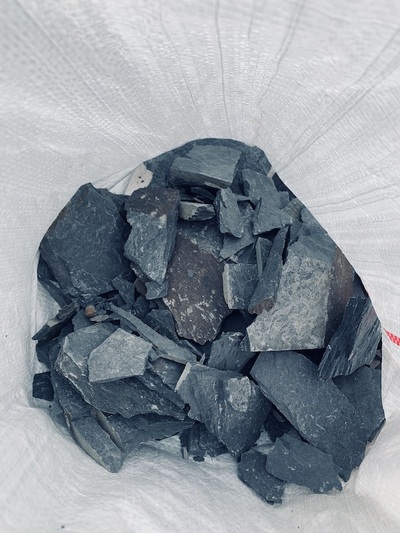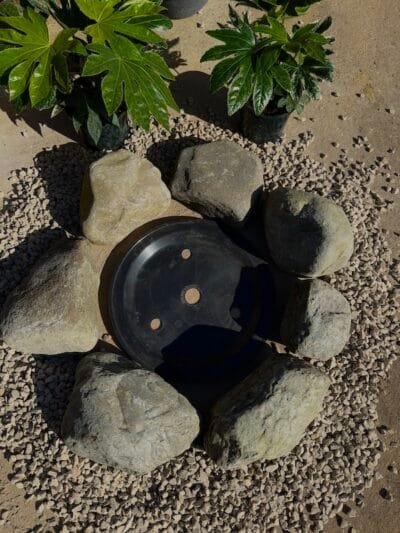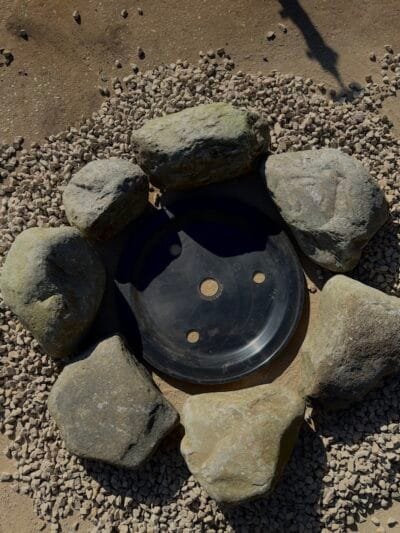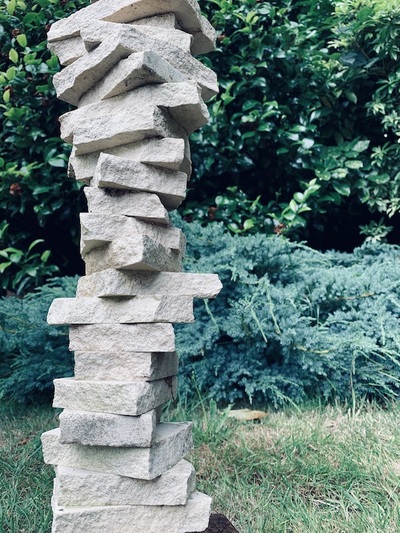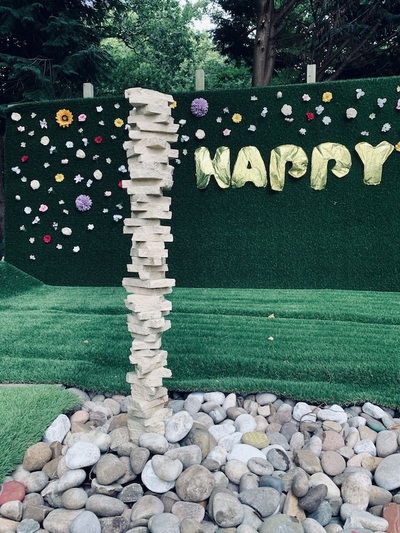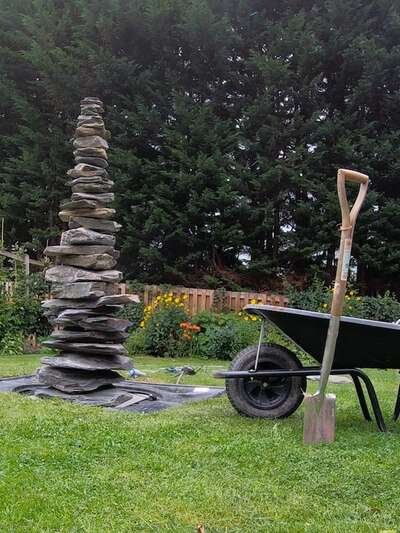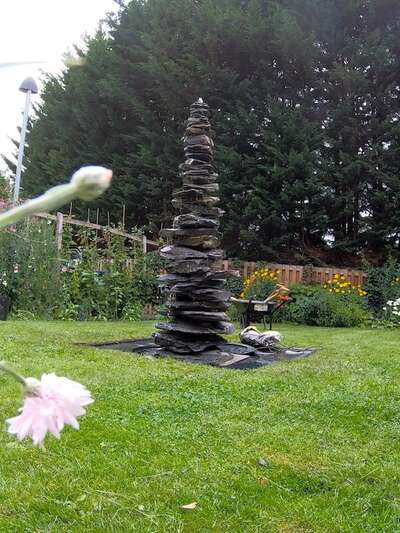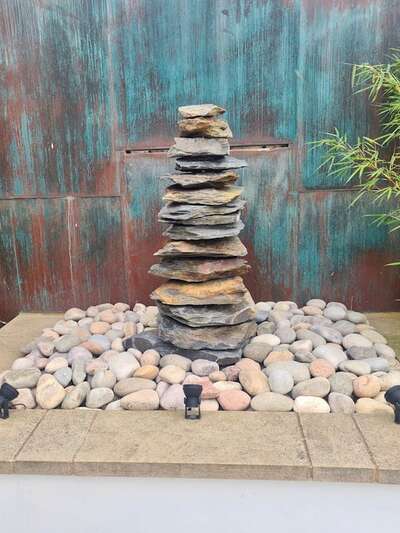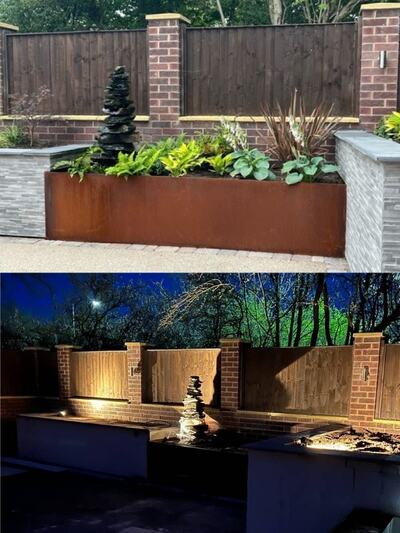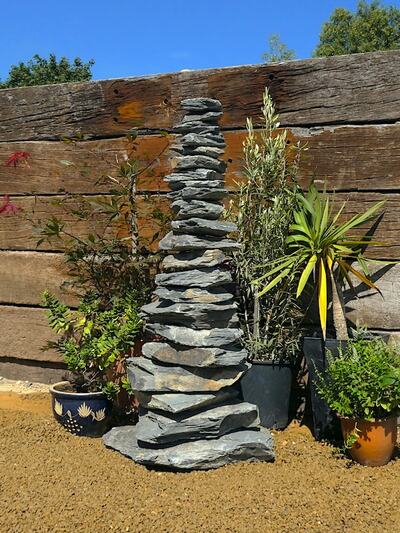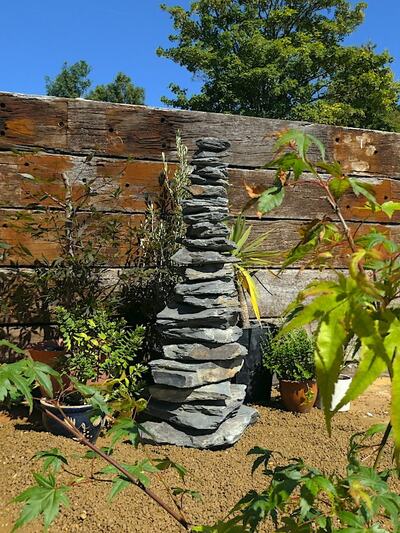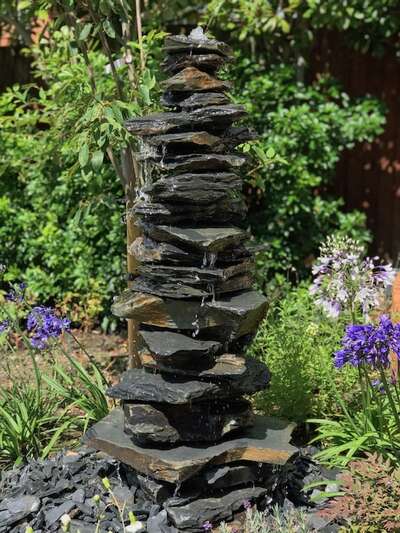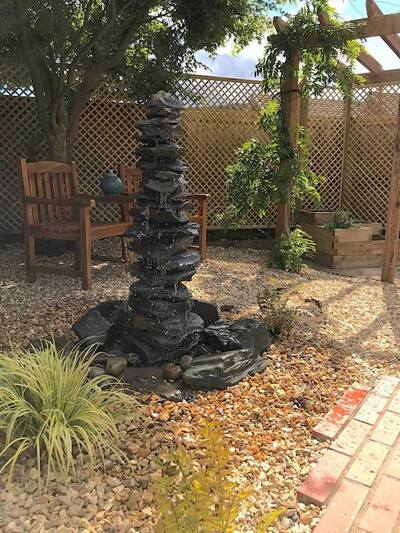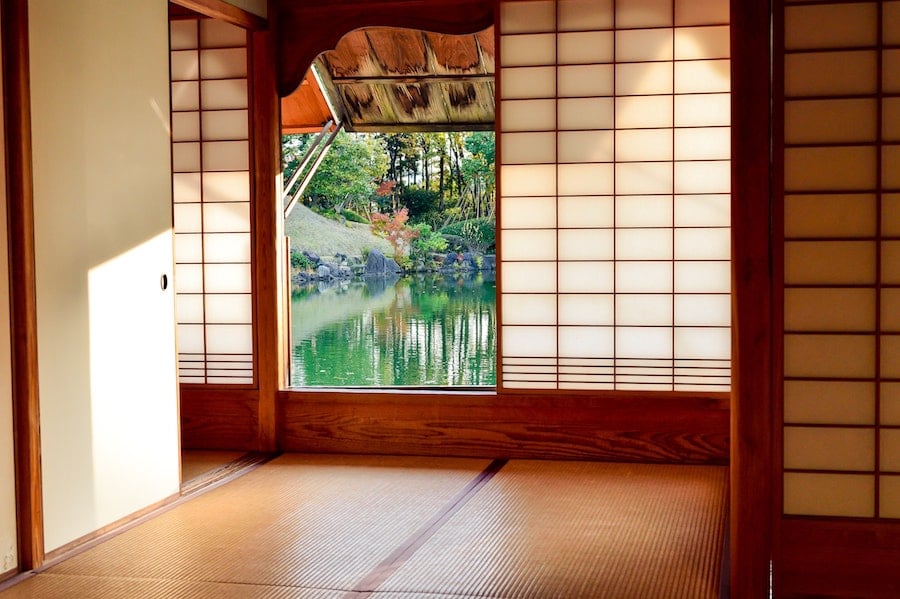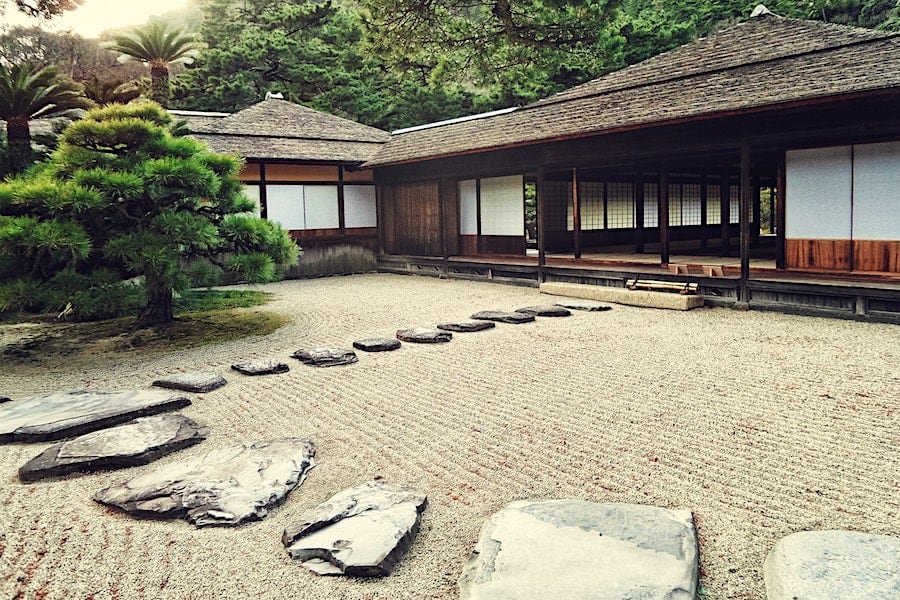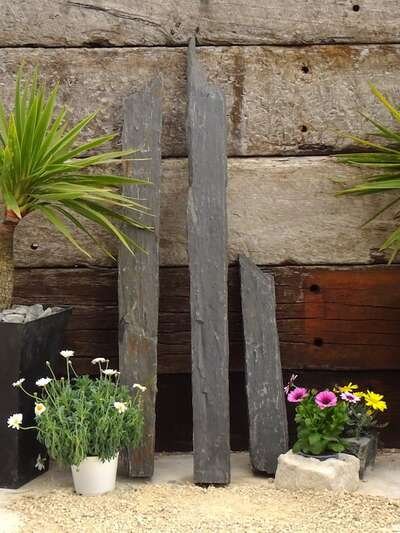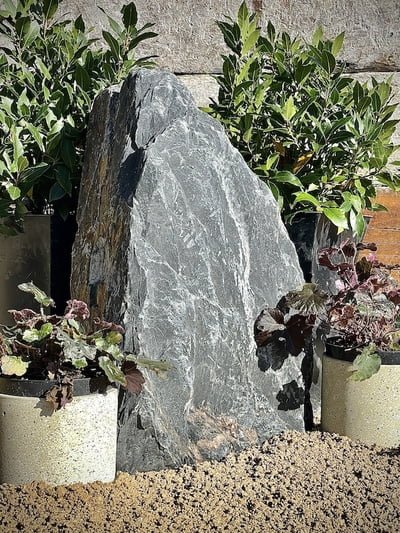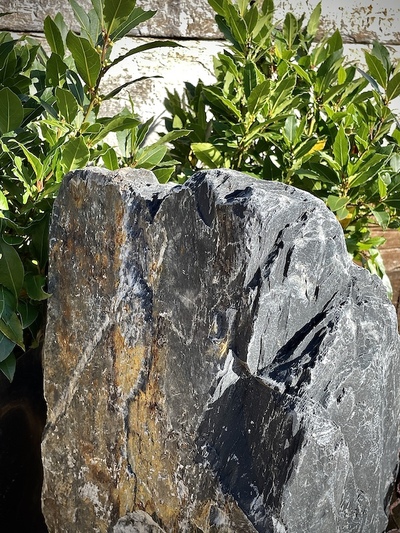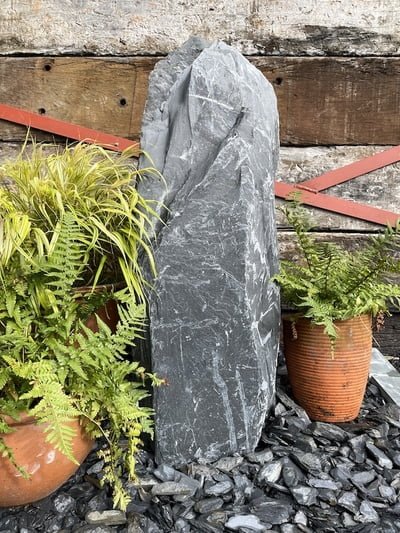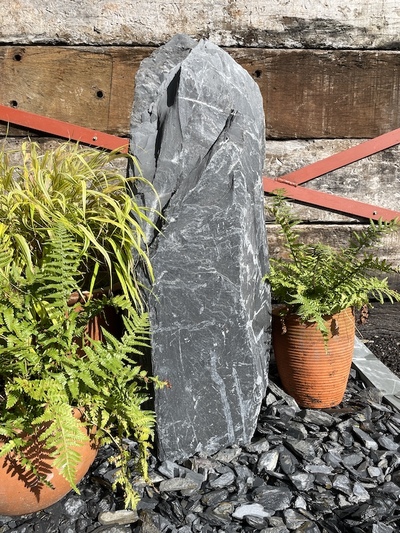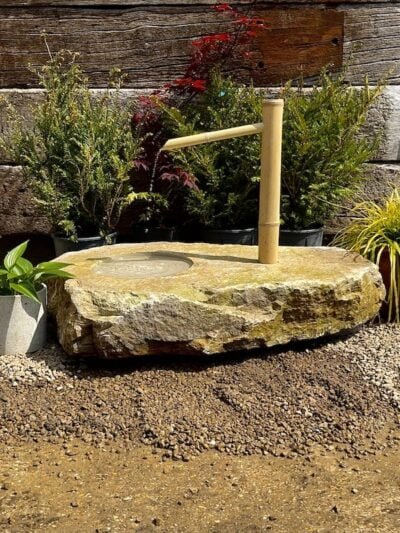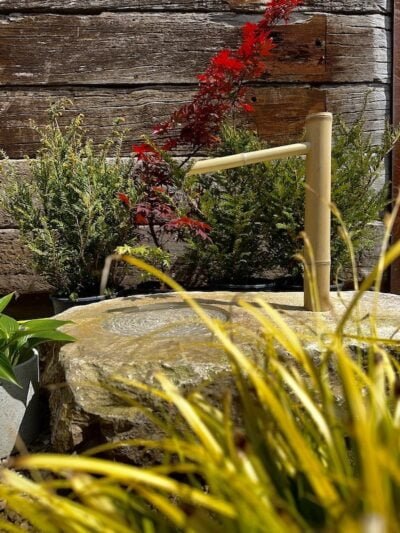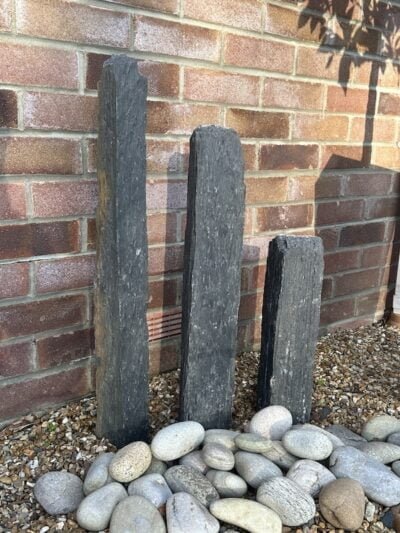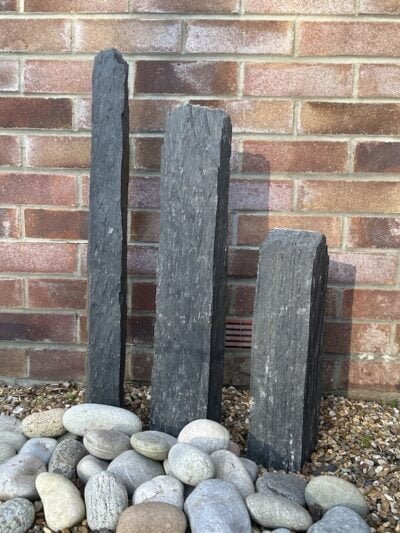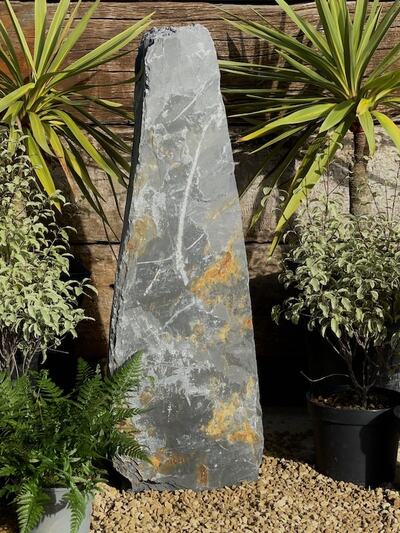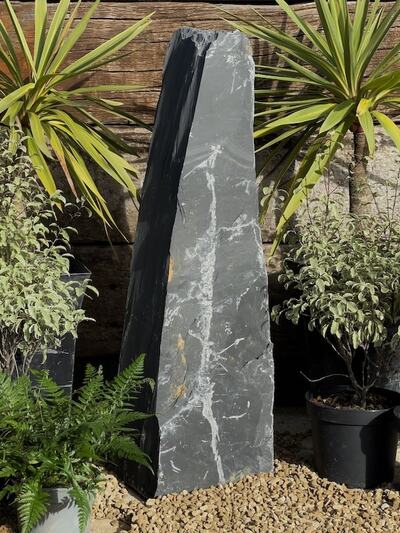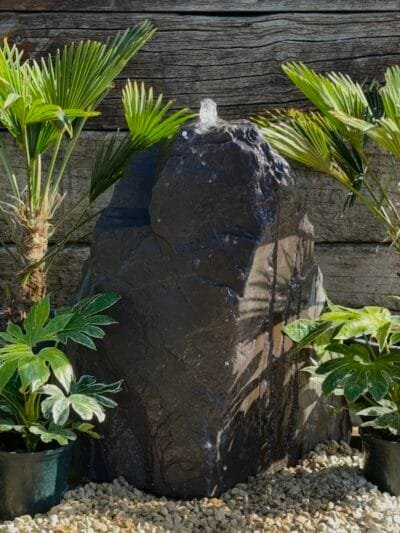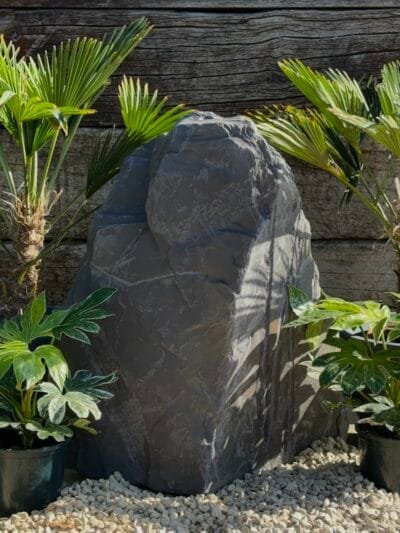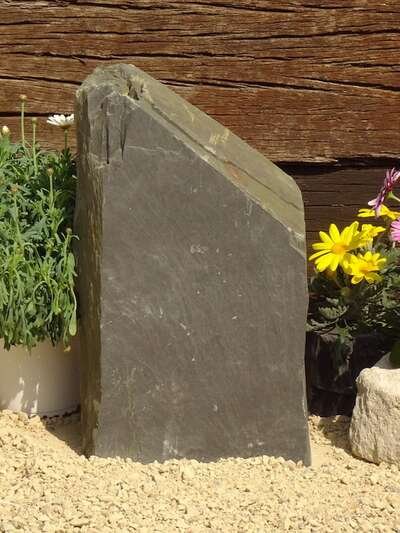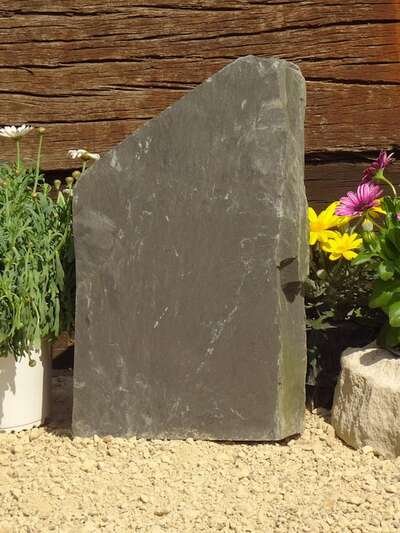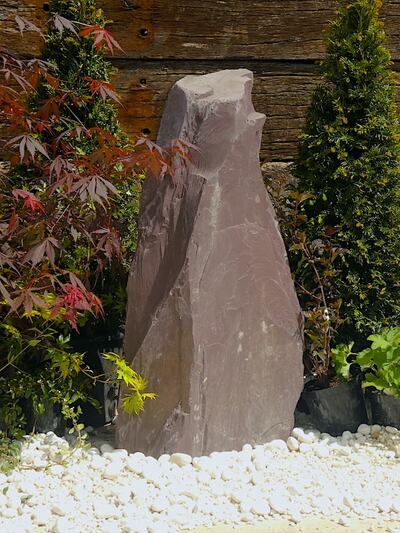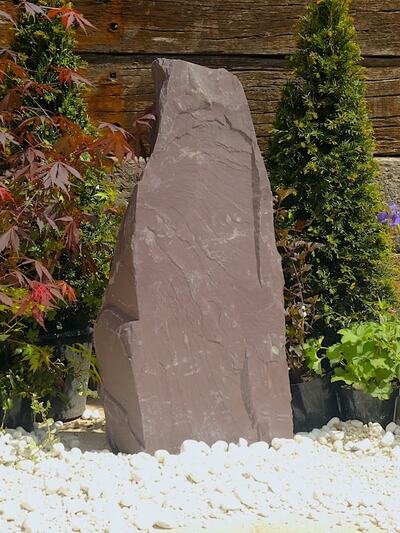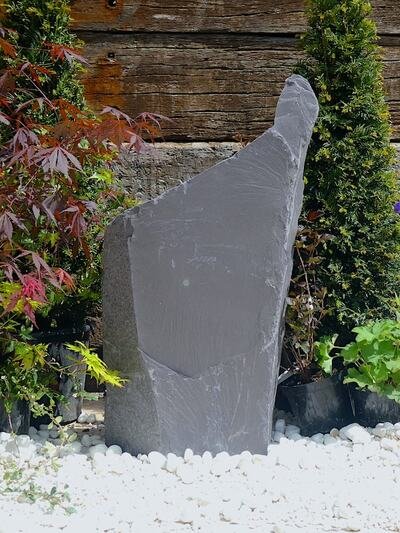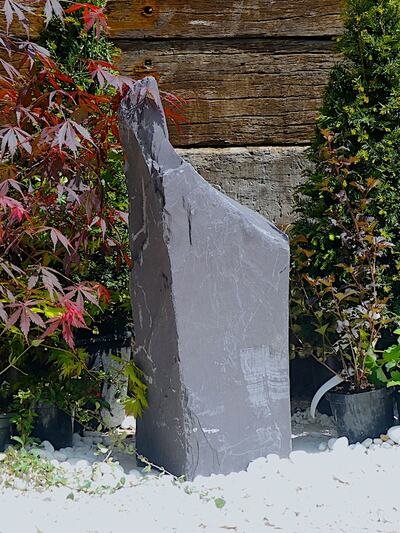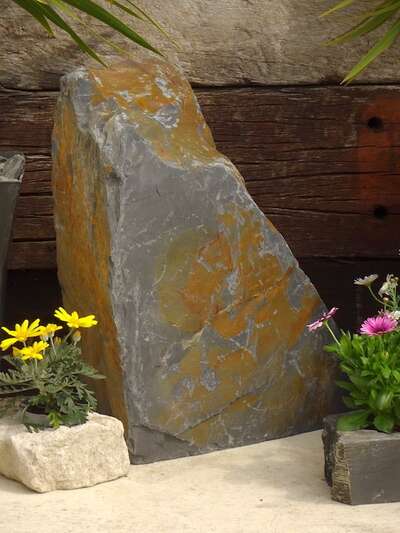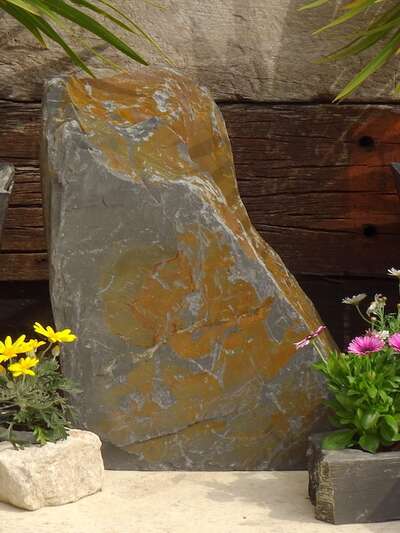5 Key Features of Japanese Garden Design
Japanese gardens are widely renowned for their transcendent beauty, with meticulously thought out designs creating space to be present & mindful. The 5 key features of Japanese garden design reveals a deep connections and relationships of these elements to their history & culture.
Though inspired by nature, Japanese gardens are carefully controlled by man using natural materials, often incorporating elements of water and natural stone. Here are some of the key elements you could use in your own garden to create a more zen space, to pause, reflect & unwind from the stresses and strains of the modern world. Please also find a recent case study on how Instant Scenery incorporated one of our Large Stone Monoliths into a beautiful Japanese Garden Design.
Choosing The Right Plants
Spring’s the perfect time to fill your rockery with plants giving them chance to settle in before winter. Choose one or a variety of these plants to add colour and life to your rockery.
Bulb Plants
Dwarf bulbs are a great addition to a rockery. They are miniature, complimenting the alpine plants but are also useful in adding a little height and depth. A popular choice is Chionodoxa which comes in mainly pinks, whites and blues with a ‘blue-bell’ type flower. They grow up to 10cm and flower from March through to May. When planted in large quantities they can create a spectacular carpet.
Choosing The Layout
Generally speaking, for our gardens here in the UK – plants which thrive in cooler conditions should face north, while sun-loving plants are better off facing south. Find the right layout by placing the still potted plants out on top of the soil before planting. Play around and rearrange them until you are completely happy with the placement. Gently tease out roots and place them in the hole, firm the compost over the roots and finish with a handful of grit or gravel to improve the drainage and help ward off any weed attacks.
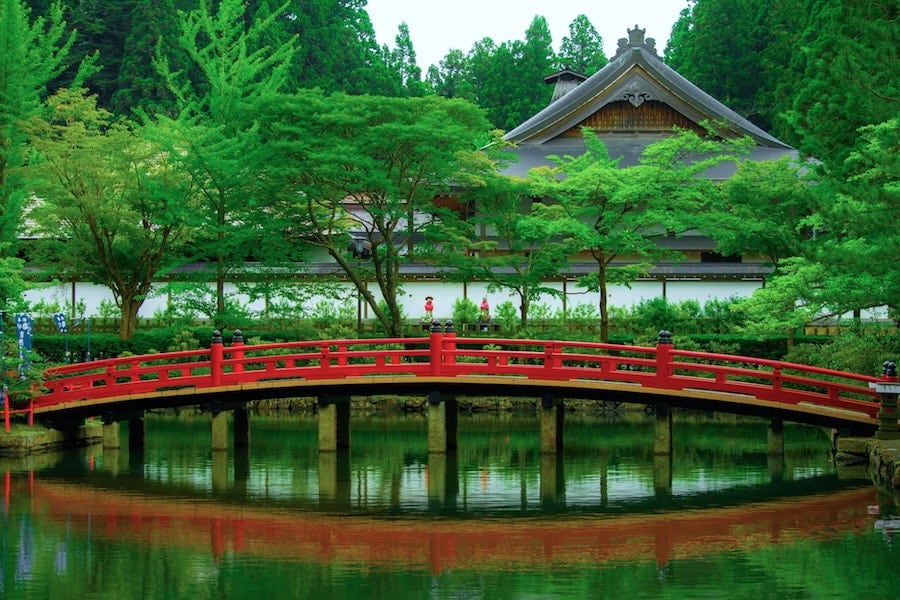
Duo / Triad of Stones
With a special place in Eastern philosophy, stones are a symbol of duration & the forces of nature. Playing a key role in Japanese garden design. Stones are very carefully placed depending on size and type, often placed in pairs. These signifying opposing forces, male & female or in triads signifying the Buddhist trinity with one large central monolith and two smaller ones either side. Natural stone monoliths and sculptures make a real statement in any garden design, offering a point of interest and focus while still blending in naturally with the surrounding garden.
Pagodas
All authentic Japanese gardens will incorporate at least one pagoda, an oriental style pavilion traditionally used as outdoor temples. Pagodas offer a great shelter in which to cook and eat al fresco, regardless of the British weather. Keep the structures simple and understated to blend in with its natural surroundings. If a pagoda is not an option in your garden try adorning it with decorations of temples, lanterns or pillars, offering a smaller scale alternative.
Water Features
Water is a key element in Japanese garden design, symbolising renewal & continuity. Water also has the ability to add great depth to the sensory experience, the audio and visual of continuous water flowing or trickling can be deeply relaxing and soothing and can offer a place for nature to drink or bathe. Water features offer an ideal solution to introducing water into your garden, without digging up huge areas of the garden and without the high maintenance of a pond.
Slate Stack Pyramid Water Features are made from natural stone, local to the UK. They fit in beautifully with existing natural landscapes and rockeries, providing a real nod to Japanese tradition. Building a slate pyramid is an attainable DIY garden project for most budding home enthusiasts, but it’s also worth considering the services of a Landscaper or Garden Designer to maximise the potential of the outdoor space.
Bridges & Benches
Bridges & benches signify a place to pause and take in the beauty of what’s around, whether that’s watching the carps shimmering in the water below or feeling the sun and breeze on your skin. They can be made of bamboo, stone, wood or earth and come in many shapes, flat and arched but always fitting in harmoniously with the surrounding landscape. Natural stone benches fit seamlessly into both contemporary & traditional garden designs, offering an invitation to sit and enjoy the view.
Dry Landscaping
A dry landscape garden is one of the most widely known and celebrated of Japan’s garden styles. Based on the art of existential emptiness and nothingness – offering a real meditative space. Gravel is used to create raked waveforms symbolising water and natural stone can be used to represent mountains, people & planets. Achieve the dry landscaped look with a range of natural gravels, rocks & stones, sourced from the mountains & coastline of the UK.
Inspirational Japanese Gardens to Visit in UK
Holland Park,London
https://www.rbkc.gov.uk/leisure-and-culture/parks/holland-park
The Japanese Garden, Cornwall
http://www.japanesegarden.co.uk
Pure Land Meditation Centre & Japanese Gardens, Nottinghamshire
http://www.buddhamaitreya.co.uk
The Gardens at Tatton Hall, Cheshire
https://www.nationaltrust.org.uk/tatton-park/features/the-gardens-at-tatton-park
Calderstones Park, Liverpool
https://liverpool.gov.uk/leisure-parks-and-events/parks-and-greenspaces/calderstones-park/
*Free Images from Pexels.com
We would also recommend the following Japanese Garden Design books
Japanese Stone Gardens
Zen Garden Design


